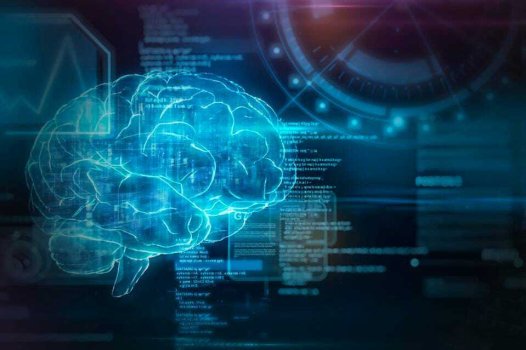So, you’d like to patent your artificial intelligence (AI). Congratulations, it’s going be a rough one. Broadly speaking, patents can be afforded to systems, apparatuses and processes. So why is patenting AI rough? Because patent language describes inventions in terms of what does what, why, when and how. In other words, you need to describe your AI invention in terms of structure. But U.S. courts do not consider computer structure (e.g., processors, computer memory and the like) to be machine structure, believing computer structure to implement only functions rather than execute any transformations of product. As a result, many machine learning models seeking patents in the U.S. are endangered.
That doesn’t mean you should give up on patenting your AI. Rather, it’s important to understand how your AI will be approached from a patenting perspective. Here are some tips for assessing the major categories of machine learning systems from a patenting perspective and the types of information you should give your patent counsel.
You want to patent a supervised learning model.
Here your system learns from a teacher that is a human. The most common example of this type of AI is a training model having a classification task, such as an image recognition model that trains the AI to predict what is in an image. Here, the teacher needs to provide the system with many examples of the subject, including both predictors and labels.
Now think in terms of structure, as structure is what you should claim in your patent. Without structure, your patent application relies mostly on functions, which many United States Patent and Trademark Office (USPTO) examiners will disregard as lacking patentable weight. So, what are the structures in a supervised learning model such as an image recognition model?
Continue reading: https://www.forbes.com/sites/forbesbusinesscouncil/2022/08/29/how-to-patent-artificial-intelligence-and-machine-learning-models/?sh=46569fee7539
That doesn’t mean you should give up on patenting your AI. Rather, it’s important to understand how your AI will be approached from a patenting perspective. Here are some tips for assessing the major categories of machine learning systems from a patenting perspective and the types of information you should give your patent counsel.
You want to patent a supervised learning model.
Here your system learns from a teacher that is a human. The most common example of this type of AI is a training model having a classification task, such as an image recognition model that trains the AI to predict what is in an image. Here, the teacher needs to provide the system with many examples of the subject, including both predictors and labels.
Now think in terms of structure, as structure is what you should claim in your patent. Without structure, your patent application relies mostly on functions, which many United States Patent and Trademark Office (USPTO) examiners will disregard as lacking patentable weight. So, what are the structures in a supervised learning model such as an image recognition model?
Continue reading: https://www.forbes.com/sites/forbesbusinesscouncil/2022/08/29/how-to-patent-artificial-intelligence-and-machine-learning-models/?sh=46569fee7539

